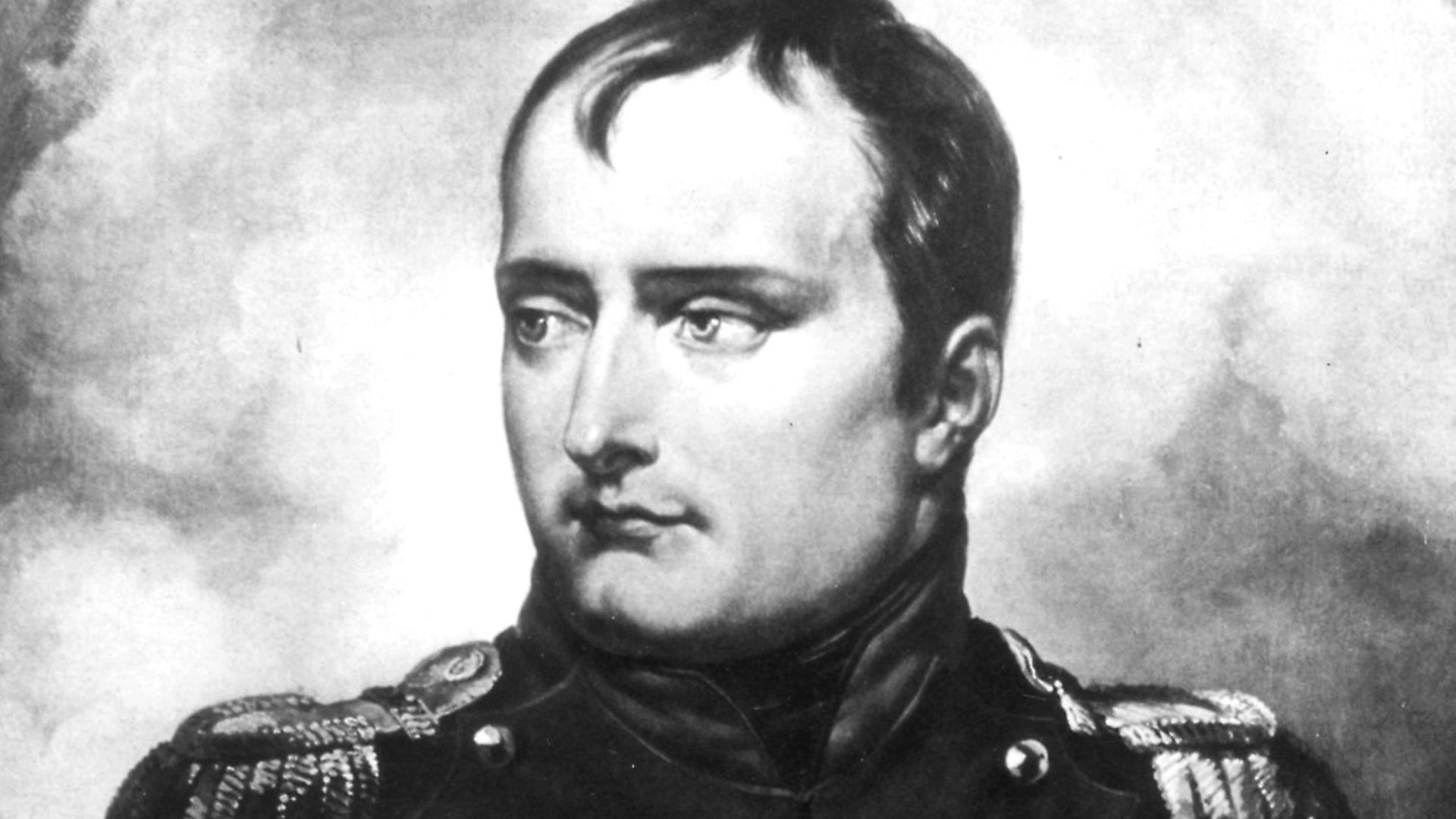
Logic- and despots – might favour other systems, but, as Peter Trudgill explains, traditional units of measurements still endure.
Of the approximately 80 countries in the world which drive on the left-hand side of the road, only four are European: Ireland, Malta, Cyprus, and the UK (plus the Isle of Man and the Channel Islands). This is due in some measure to Napoleon, Hitler and other despots.
There is no particular reason why driving on the right or left should be preferred, so we would expect to find something like a 50-50 distribution of driving on the right versus the left in Europe. In fact, there were originally probably more polities driving on the
left.
Napoleon’s conquests, however, resulted in French-style driving on
the right being imposed in Belgium, Holland, Luxembourg, Switzerland, and much of Spain and Italy. Those places which drove on the left and were not conquered by Napoleon, such as the Austro-Hungarian Empire, mostly retained their original system, but Tsar Alexander II of Russia then forced driving on the right on Finland, while later on Hitler did the same thing elsewhere, including in Austria and Czechoslovakia. As time has gone by, other nations that drove on the left, now finding themselves in the minority, changed voluntarily, most recently Iceland and Sweden.
Something not totally dissimilar happened with European systems of measurement. Because Britain was not conquered by Napoleon, we could choose to stay with the same natural Germanic measurement system which had served us well for a millennium or two. Our anatomical word foot comes from Anglo-Saxon fot and is related to Norwegian and Swedish fot, Danish fod, Dutch voet, West Frisian foet, North Frisian fötj, German Fuss, and Low German foot. But a foot is also, of course, an ancient unit of measurement, based on the length of the foot of a typical adult male. The word first appeared in this usage in written English 1100 years ago.
An inch is often taken to be equivalent to the width of a man’s thumb. The French word pouce ‘thumb’ also means ‘inch’, as does Italian pollice. In Hungarian, hüvelyk means both ‘inch’ and ‘thumb’, but ‘thumb’ can also be hüvelykujj ‘inch-finger’. Romanian deget means both ‘finger’ and ‘inch’.
Another natural unit of measurement is the fathom, which was originally the length of the outstretched arms from fingertip to fingertip. A fathom is equivalent to six feet, and these days it is mostly used in measuring the depth of water. It, too, is an old Germanic word, and is related to modern Swedish famn and Danish favn, which mean ’embrace’ as well as ‘fathom’ – if you’re going to embrace somebody, you do start with your arms stretched out.
In western Europe, natural measurements of this type started disappearing in those countries which had fallen to Napoleon, being officially replaced by the new, more logical French metric system. But even in many of those nations, the foot, inch and fathom still survive as units of measurement today, more than 200 years later. Scandinavian carpenters can still talk in thumbs or inches.
In Norway, the length of a boat is always still quoted in feet. And in Sweden, the depth of the sea is often measured in fathoms. Internationally, too, it is still widespread practice to
give aeroplanes’ flying height in feet. It is the intuitive naturalness of measurements like inch, foot and
fathom which make them hard to get rid of. We like them because we can relate to them.
Some while ago I was in a stationery shop looking for plastic folders. The young woman who was helping me showed me what they had and, wanting to know if they were the right size, I asked how many inches across they were. She said: ‘I don’t know anything about feet and inches’ and gave me the dimensions in millimetres. As I was leaving the shop, I asked her how tall she was. ‘Five foot seven,’ she replied.











